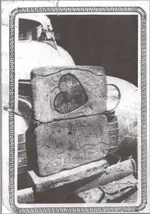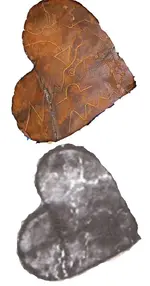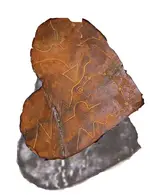Real de Tayopa Tropical Tramp
Gold Member
- Joined
- Nov 8, 2004
- Messages
- 14,582
- Reaction score
- 11,947
- Golden Thread
- 0
- Location
- Alamos,Sonora,Mexico
- Primary Interest:
- All Treasure Hunting
Hi curt: I am looking forward to jim's recovery of the treasure aren't you? Course, I have been reading remarks like this since the 1940's. May be I had better be nice to Cj also? but then I do have it from the infallible rumor mill that the one that actually has it solved is DEJUICY.
Don Jose de La Mancha
Don Jose de La Mancha









 I believe we can find out.
I believe we can find out.



 id he get some glue and glue it up before taking the picture?
id he get some glue and glue it up before taking the picture?

